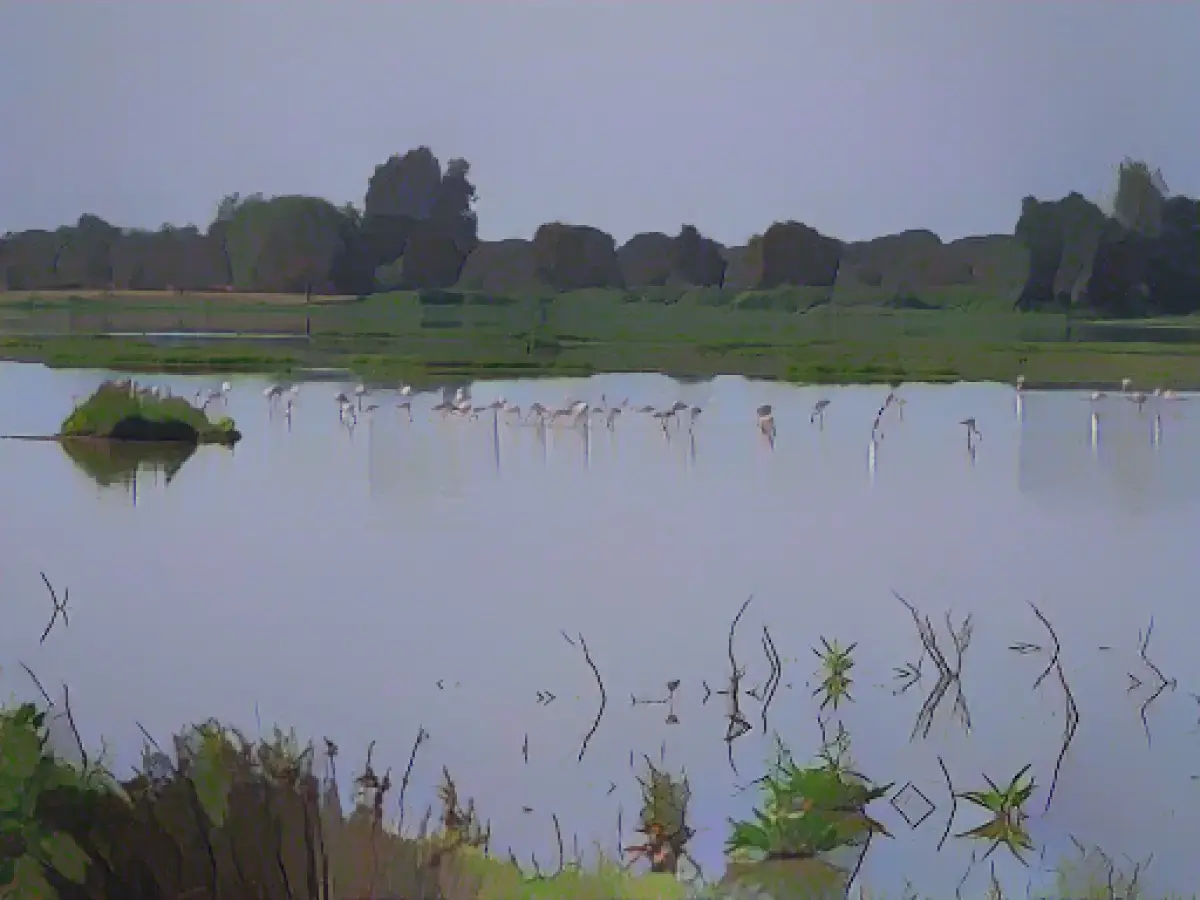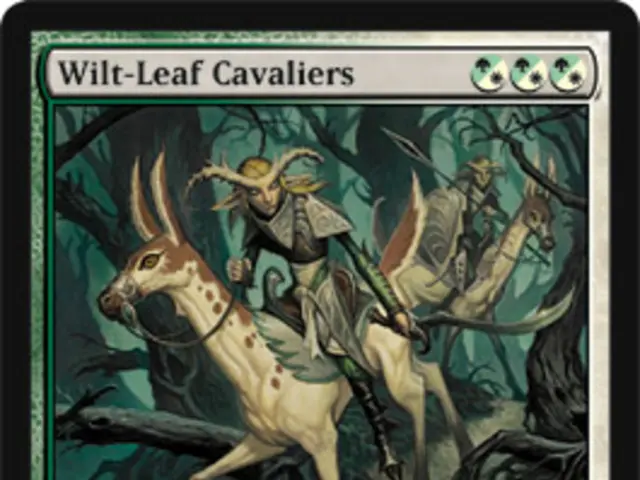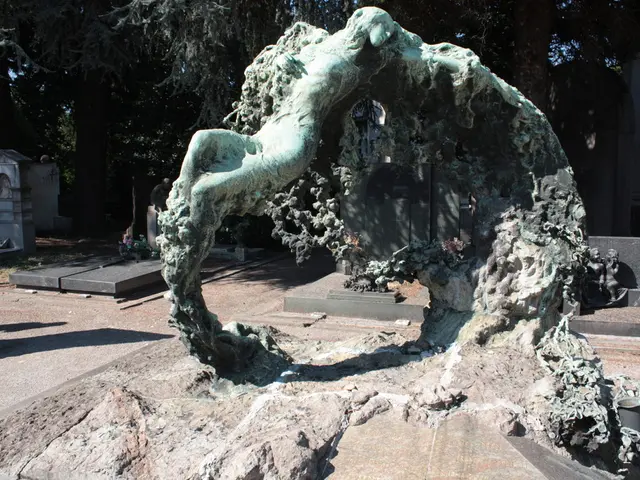Title: A 1.4 Billion Euro Investment to Revitalize Europe's Largest Wetland
Tossing aside their disagreements, Spain's central government and the regional government of Andalusia have joined forces to safeguard the Doñana nature reserve, an awe-inspiring UNESCO World Heritage Site located in Europe's largest wetland. With a colossal 1.4 billion euro investment, the two governing bodies aim to reverse the dooming effects of high groundwater extraction, particularly for strawberry fields, and address the woes of local farmers.
This commitment to conservation comes after regional government head Juanma Moreno's controversial bill, which sought to formally legitimize illegally drilled wells and arable land, drew fervent protests from environmental protection organizations and threats of legal action from both the central government and the EU Commission.
Under this partnership, the government will allot an astounding 100,000 euros over a period of five years for each hectare of previously cultivated lands that farmers decide to relinquish for nature restoration. Farmers opting for less water-intensive crops or organic farming will receive additional subsidies. The agreement also emphasizes the expansion of sewage treatment plants, canals, and retention basins, and the promotion of alternative energy sources. A generous 32 million euros will further improve the living conditions of thousands of seasonal workers on strawberry and blueberry plantations, while simultaneously driving the Doñana brand name as a sustainable and premium product.
The Doñana National Park's splendid grounds, founded in 1969, harbor numerous wildlife species, including endangered species such as the imperial eagle, Iberian lynx, and Moorish tortoise. Home to shifting sand dunes, endless beaches, forests, scrubland, and wetlands, this intricate ecosystem lures an array of captivating creatures and wealthy biodiversity.
The 1.4 billion euro investment will not only breathe life back into the wetlands but also promote agricultural diversity, potentially reducing dependency on water-intensive crops like strawberries and supporting organic farming. This shift can prove advantageous to native animal species like the imperial eagle and Iberian lynx, who thrive in these diverse landscapes.
This partnership also places a significant emphasis on scientific research. By closely observing the effects of conservation initiatives on the environment, agriculture, and animal populations, researchers can provide essential data to future policymakers and decision-makers, ensuring a sustainable and informed future for the Doñana nature reserve.
Sources:
Enrichment Data:
- Doñana National Park: This dense biodiversity zone has been treasured for over five decades. Protected in 1968 and incorporated as a UNESCO Biosphere Reserve, Ramsar Site, and a Natural World Heritage Site, it holds over 1550 species of vascular plants, 900 types of arthropods, 400 breeding and migratory bird species, 38 mammals, 72 fish species, and 40 reptile and amphibian species.
- Agriculture Diversification: The unique landscape matrix surrounding the Doñana National Park consists of rice fields, fisheries, irrigated crops, berry greenhouses, vineyards, olives, and pine afforestations. The ongoing investment in this multifaceted landscape may potentially benefit local biodiversity by creating multiple habitats and lessening the pressure on the protected area.
- Water Management: Doñana National Park confronts hydromorphological pressures from hydropower and invasive alien species like water hyacinth. Monitoring and controlling water resources are vital to maintain the ecological integrity of the park by mitigating hydropower's impact on water flow and fish migration, as well as tackling invasive species that disturb natural habitats and water levels.







